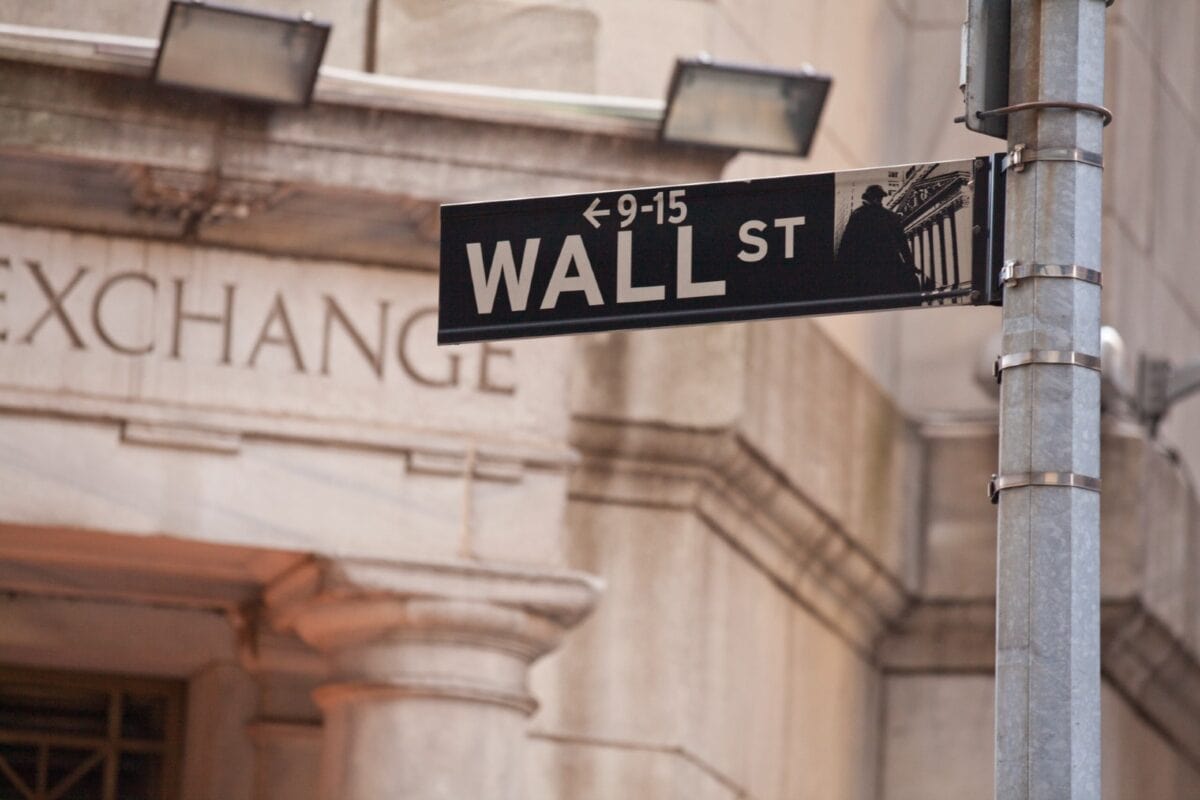
Image source: Getty Images
The S&P 500 index has had a phenomenal half-decade. It now stands 97% higher than five years ago.
With a plethora of index trackers available, a UK investor could buy into the S&P 500 easily enough. Exchange rate moves and tracker fund fees could mean that the actual return in sterling over the past five years would have been somewhat different to the 97% index growth.
Still, it has got me thinking: could now be the moment for me to add an S&P 500 index tracking share to my portfolio?
Not looking cheap
On balance, I do not think so. Currency moves in recent months have damaged the value of my existing US investments. I see a risk that unpredictable exchange rate movements could continue to be a feature of the US economy in coming years.
If the S&P 500 does well enough, however, that should come out in the wash – I could still be ahead. On top of that, while currency moves sometimes work against an investor’s favour, they sometimes actually help the total return.
My main concern about investing in the S&P 500 right now is a simple one of valuation. With a price-to-earnings (P/E) ratio of 29, the key US share index looks expensive to me. At the moment, by contrast, the FTSE 100 index has a P/E ratio of around 13.
Getting the right balance
In a way, that is not surprising. Some shares in the S&P 500 look very overvalued to me. Then again, they also offer the sort of growth prospects that can be hard to find on this side of the pond.
As an example, consider medical robotics maker Intuitive Surgical (NASDAQ: ISRG).
With a P/E ratio of 79, I think Intuitive Surgical looks badly overpriced. But I thought the same five years ago – and since then, the share has soared 179%. That beats the already impressive performance of the wider S&P 500 during that period hands down.
Why has Intuitive done so well even though I thought the share was already overvalued five years ago?
In short, it has a superb, proven business model. Robotic surgery machines can save healthcare providers costs and cut error rates. They are expensive to buy and once installed, Intuitive also makes money on peripherals such as sterile surgical instrument attachments.
Thanks to its proprietary technology and a large database of previous surgeries, the company has built a strong competitive advantage. Over 17m operations have so far been performed with the company’s flagship product.
Last year, total sales revenue grew 17%, of which 84% is recurring such as peripherals and services.
Clearly this is an exceptionally strong business model. However, does that justify the current market capitalisation of $193bn?
I do not think so. A new chief executive starting tomorrow (1 July) has big boots to fill. Funds have been pouring into AI startups including in the field of robotic surgery. Intuitive has a big lead, but that may decline over time.
Not only do I feel that Intuitive looks overvalued, I feel the same way about the S&P 500 overall at its current level.
So I will not be investing in an S&P 500 tracker, although I will continue to hunt for any individual constituent shares that I think offer me good value.









